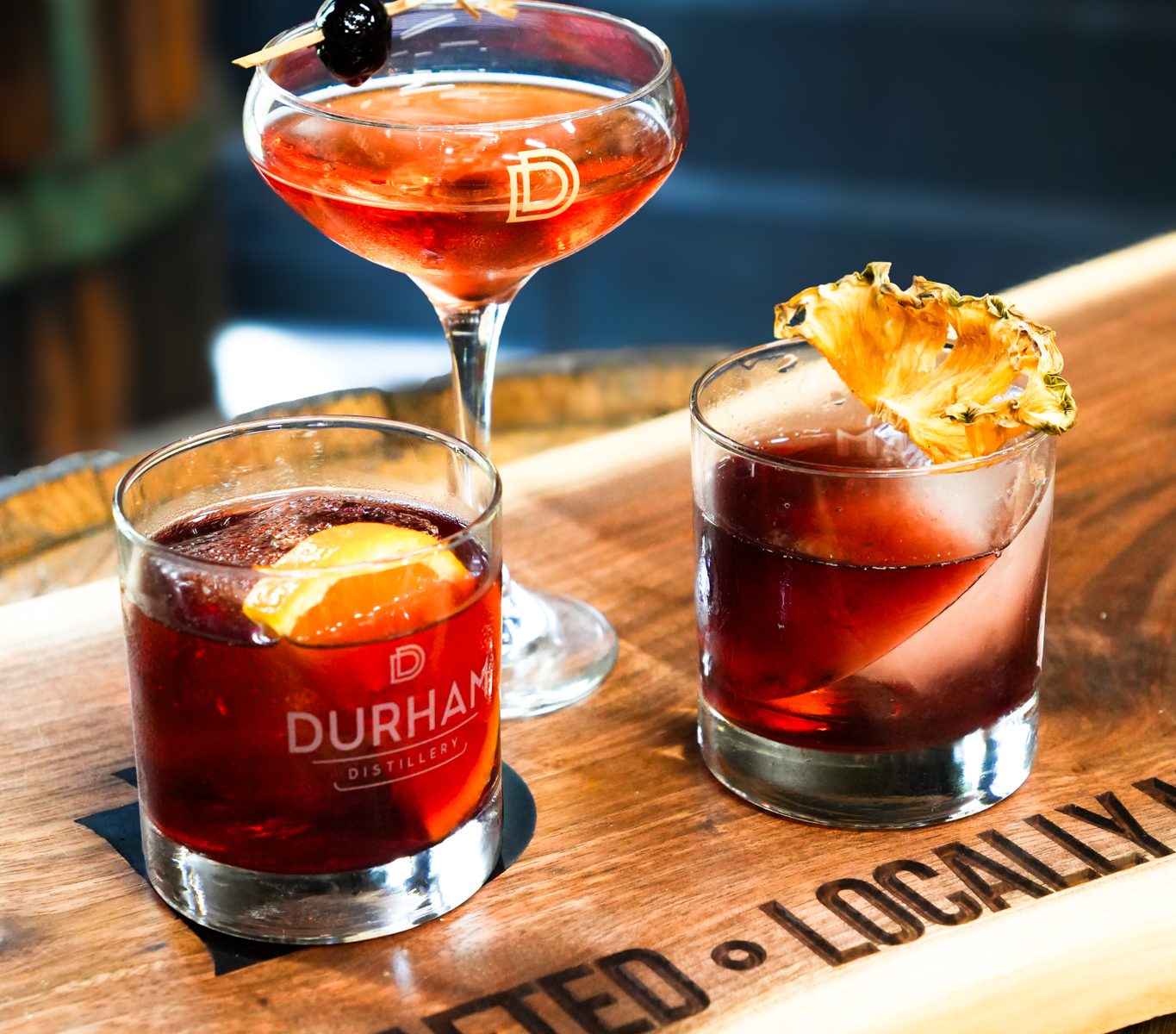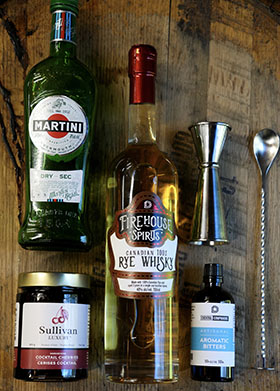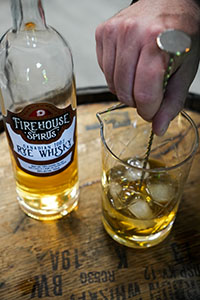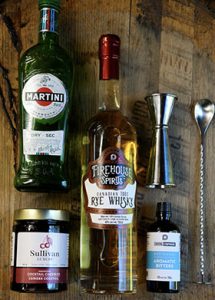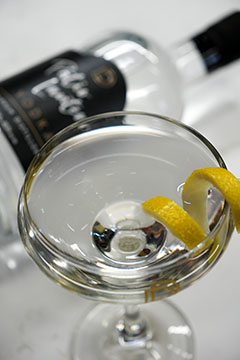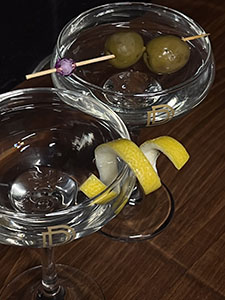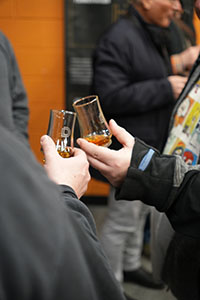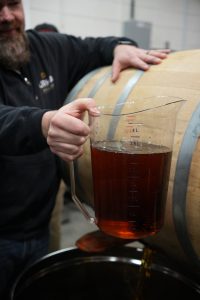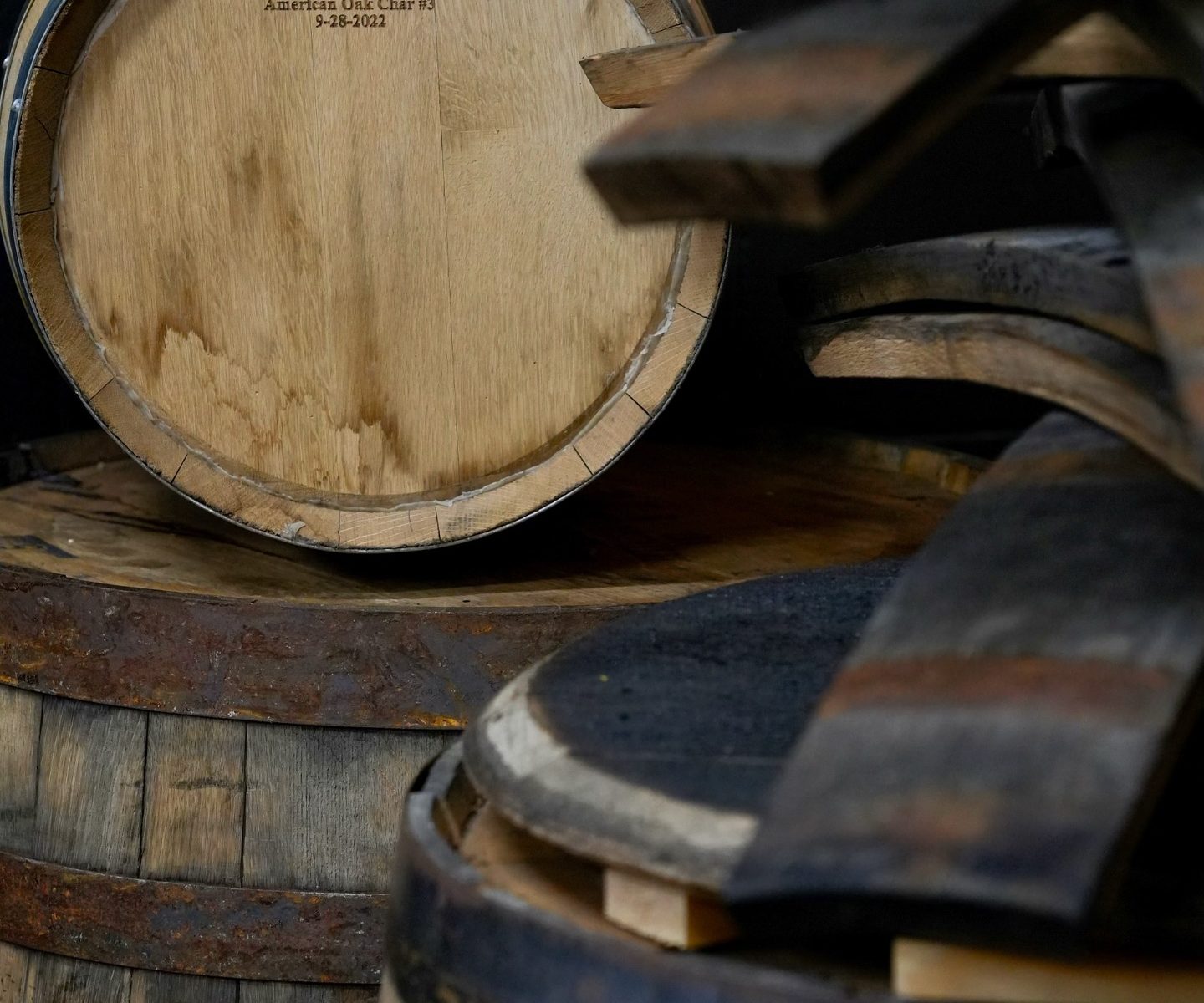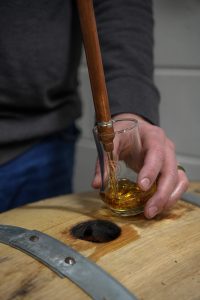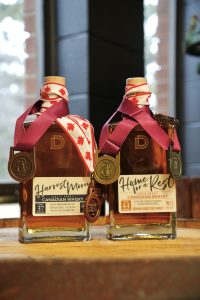Why the Negroni Cocktail Never Goes Out of Style
Few classic cocktails hold the enduring appeal of the Negroni. With its bold, bittersweet flavour profile and century-long history, the Negroni remains a go-to for cocktail lovers and bartenders alike. Built with just three ingredients—gin, Campari, and sweet vermouth—this balanced, no-fuss drink is a true test of quality.
There’s nowhere to hide; every ingredient must shine.
Originating in 1919 at Caffè Casoni in Florence, the story goes that Count Camillo Negroni asked his bartender to strengthen his usual Americano (made with vermouth, Campari, and soda) by replacing the soda with gin. The result was stronger, more complex, and instantly beloved. Patrons soon began asking for “Count Negroni’s drink,” and the name stuck.
Today, the Negroni is more than a cocktail—it’s a symbol of craft, balance, and timeless sophistication. And for those who value all-natural ingredients and spirits made with care, it’s an experience worth revisiting.
How to Make the Perfect Negroni at Home
Negroni Recipe with All-Natural Ingredients
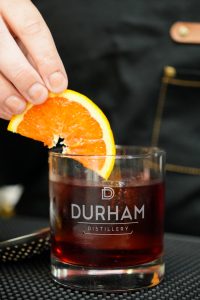
The classic Negroni recipe is beautifully simple:
-
- 1 oz gin
- 1 oz Campari
- 1 oz sweet vermouth
But when you’re using bold, minimal ingredients, quality matters. Each element brings something essential: the botanicals in the gin, the citrus bitterness of Campari, and the herbal richness of vermouth.
That’s why we recommend using London Calling Dry Gin—crafted in small batches with all-natural, locally sourced botanicals. Its bright juniper base, lifted by citrus and soft floral notes, pairs perfectly in a Negroni. It smooths the bitter edge of Campari and complements the sweetness of vermouth without overpowering it.
Why Use London Calling Dry Gin in Your Negroni?
-
-
- Made with 100% all-natural ingredients
- Distilled in small batches for precision and purity
- Offers a clean, balanced flavour ideal for classic cocktails
-
With London Calling, you’re not just making a drink—you’re crafting an experience that reflects Durham’s belief: Real Tastes Better.
Serving a Negroni: Tips for the Best Presentation and Flavour

1. Stirred, Not Shaken
Proper dilution is key. Stirring chills the drink without breaking down the ingredients, delivering a smoother, more cohesive flavour.
2. Use One Large Ice Cube
A single, clear ice cube slows dilution while keeping your Negroni perfectly chilled for longer sipping.
3. Don’t Skip the Garnish
A fresh orange peel—expressed over the glass and dropped in—adds essential
citrus aroma and a touch of elegance.
Join Us: The Art of the Negroni Cocktail Class at Durham Distillery
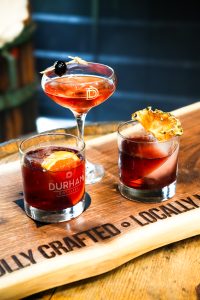
Love Negronis or ready to learn more? Join us at Durham Distillery for The Art of the Negroni Cocktail Class—a hands-on, small-batch cocktail experience in the heart of Ontario’s craft spirits scene.
In this immersive class, you’ll:
-
- Learn the craft of cocktail balance and proper stirring technique
- Master the Negroni recipe using our London Calling Dry Gin
- Explore Negroni variations using our Canadian 100% Rye Whisky and Free Bird Single Barrel Canadian Rum
- Leave with the skills—and the sips—to recreate the perfect Negroni at home
Perfect for cocktail enthusiasts, date nights, or team outings.
Book your spot in our “Art of the Negorni” Cocktail Class, available for a limited time.

